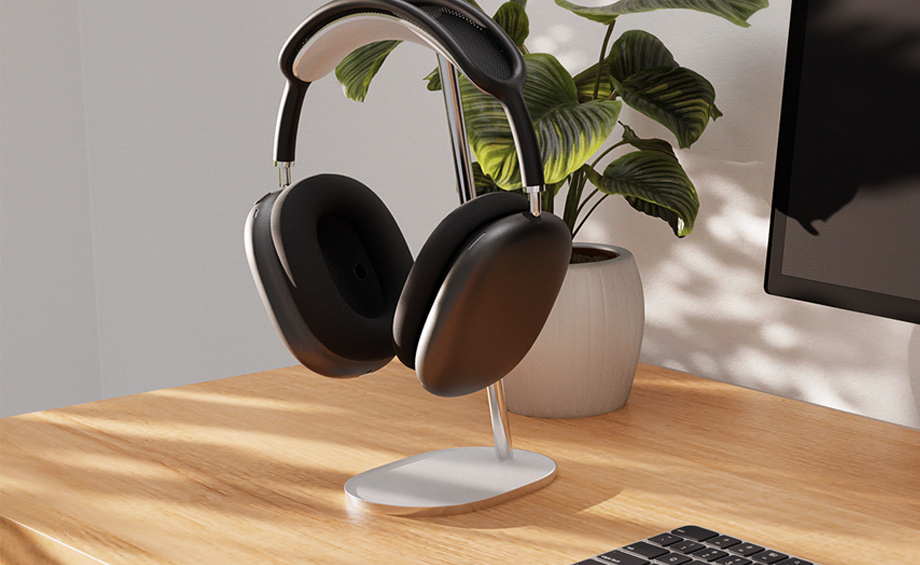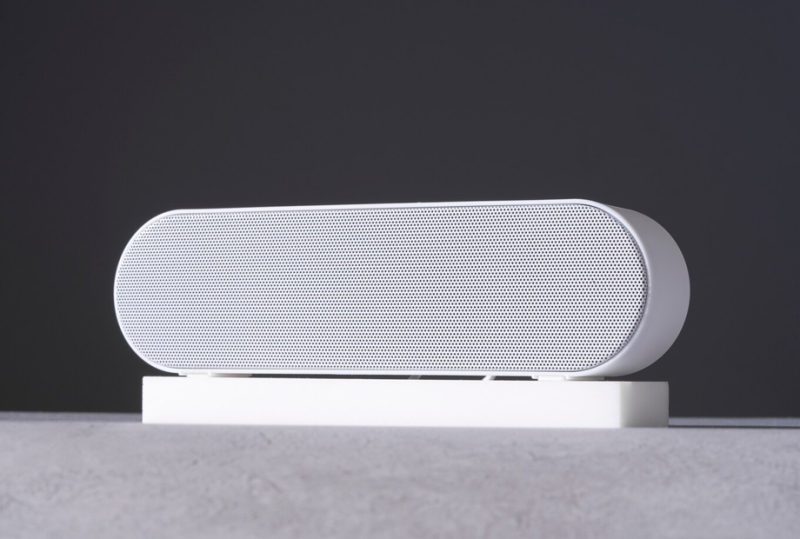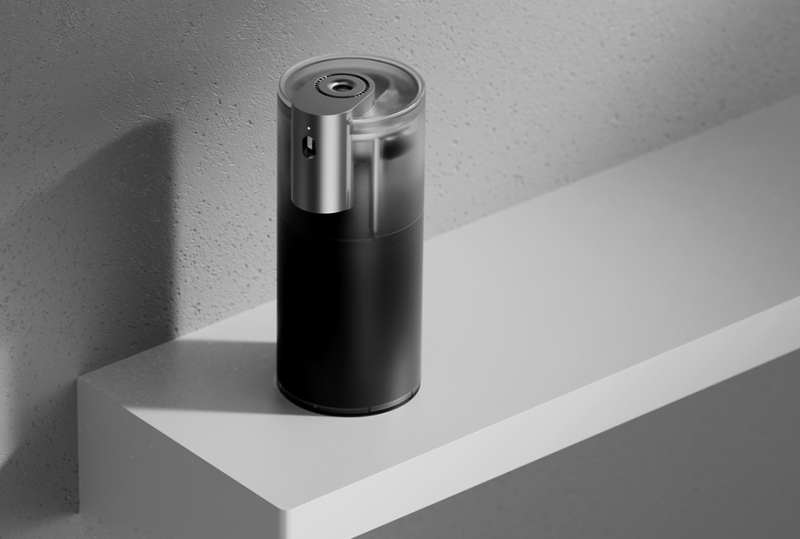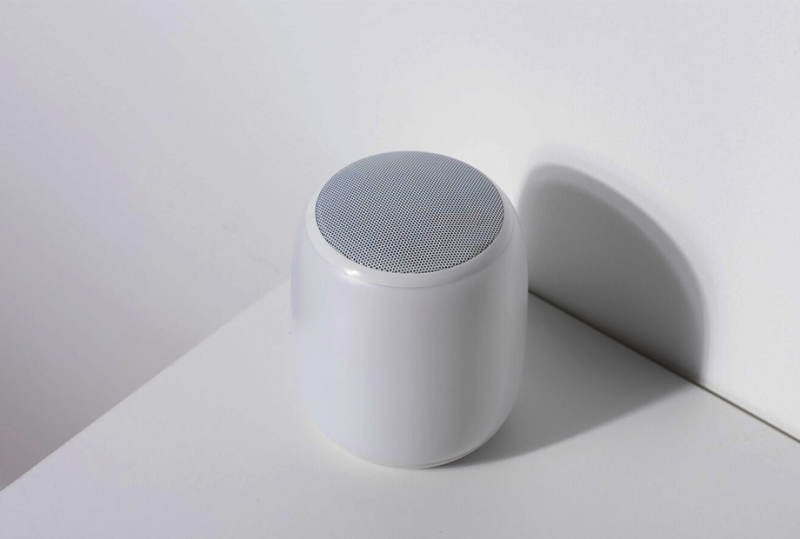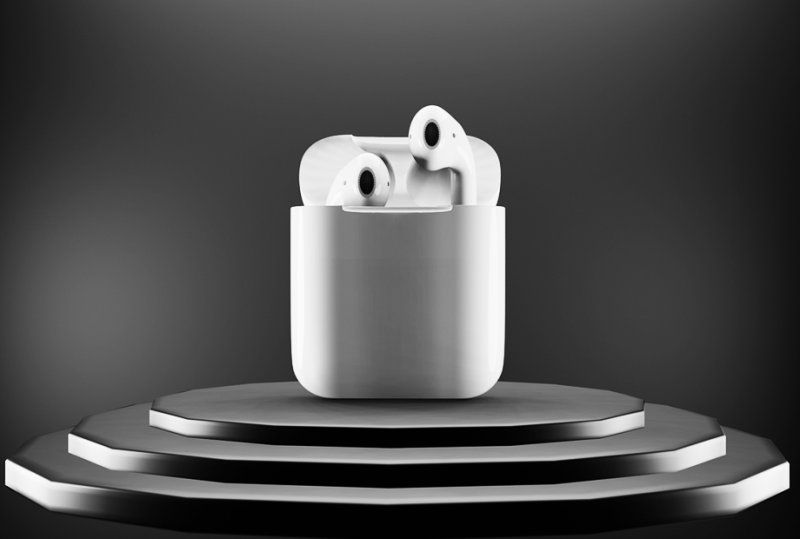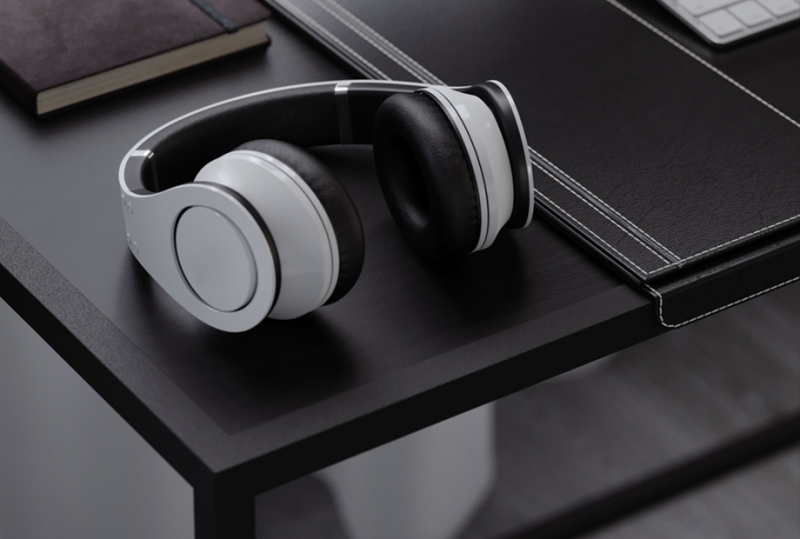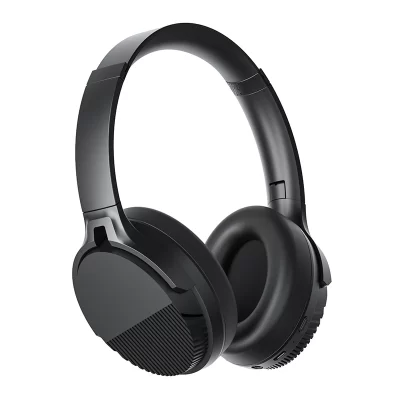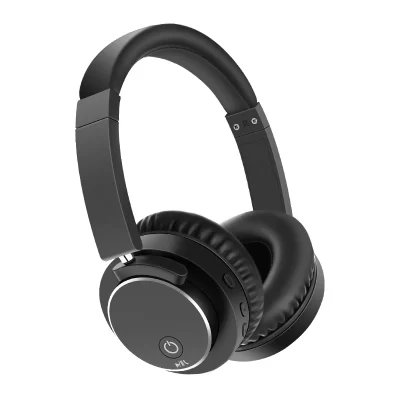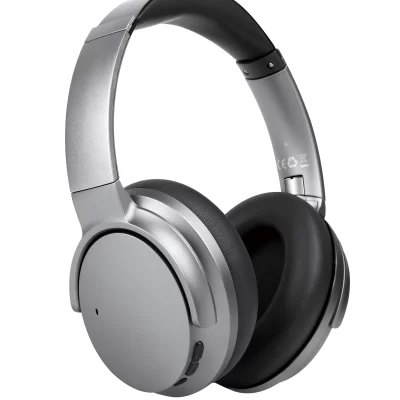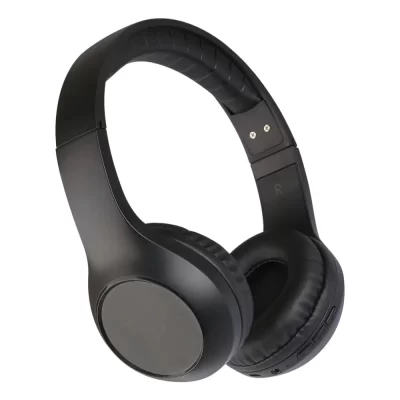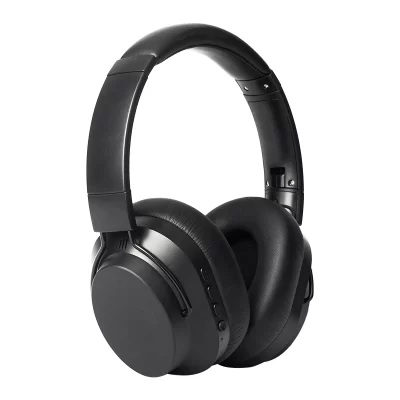Headphones and earbuds have become essential in our daily lives, catering to both casual listeners and discerning audiophiles. Are you in the market for a new pair of headphones? Whether you need wired earbuds for everyday use or noise-canceling headphones for travel, it’s important to understand the different types of headphones and their functions. In this blog post, we’ll explore the world of headphones, including popular styles such as closed-back, in-ear, over-ear, and noise-canceling headphones. By the end, you’ll have a clear idea of which types of headphones are best for your ears. We’ve categorized them based on their various characteristics, so keep reading to discover more!
Design & Acoustics
Closed-Back Headphones
Closed-back headphones feature sealed ear cups that provide excellent noise isolation. They block external sounds while keeping internal audio confined for a more intimate listening experience. Ideal for studio monitoring, these headphones are a favorite among audio professionals and audiophiles alike.
Open-Back Headphones
In contrast, open-back headphones have perforated ear cups that allow air and sound to pass through. This design results in a spacious, natural soundstage often sought after by audiophiles for its accurate audio reproduction. Besides delivering superior sound quality, the open construction ensures breathability, enhancing comfort and reducing ear discomfort during extended listening sessions.
Fit and Dimensions
On-Ear Headphones
On-ear headphones sit on the ear rather than enclosing it. They strike a balance between portability and comfort, delivering good sound quality without completely isolating your ears from the environment. They’re also lighter than over-ear headphones, reducing pressure on the headband. Investing in high-quality on-ear headphones can be a wise choice, as they often deliver superior performance in sound quality and comfort.
Over-Ear Headphones
Over-ear headphones completely encase the ears, providing excellent noise isolation and immersive sound. These headphones excel at blocking out ambient sounds, preserving your listening experience. Notably, open-back over-ear headphones can even promote sound exchange with the environment, enhancing breathability and acoustic interaction.
Earbuds
Earbuds, also known as in-ear monitors (IEMs), fit snugly into the ear canal, providing excellent noise isolation and sound quality. They are popular with musicians and audio enthusiasts. Unlike standard earphones that sit on the outer edge of your ear, these earbuds sit deeper into your ear canal, closer to the eardrum. This design minimizes sound leakage, ensuring sound remains in your ears while effectively blocking external noise.
Clip-On Headphones
Clip-on headphones attach to your ears with clips instead of a traditional headband. They are lightweight and convenient for physical activities while providing good sound quality. They are unique due to the use of larger drivers (typically 13mm to 30mm), setting them apart from standard earbuds with smaller drivers (ranging from 8mm to 15mm). Some varieties even attach to motorcycle helmets with adhesive or Velcro straps.
Connectivity
Bluetooth Headphones
Bluetooth headphones provide wireless connectivity, allowing you to enjoy audio without being tethered to a device. They come in various styles, from over-ear to in-ear, offering flexibility in movement. Plus, the sound quality of Bluetooth headphones is comparable to wired models—you won’t lose sound quality just because the cable is missing.
Wired Headphones
Wired headphones maintain a direct connection to the audio source, ensuring consistent audio quality without worrying about battery life or wireless connectivity. The most common configuration uses two wires connecting two speaker drivers and terminating in a single 3.5mm plug that connects to your audio source (PC, laptop, or mobile device).
Wireless Headphones
Wireless headphones typically use Bluetooth technology, allowing free movement without tangled wires. They are available in various styles to suit different preferences. Wireless headphones and earbuds use radio frequency (RF), infrared (IF), or Bluetooth to connect to an audio source. Therefore, they lack the standard headphone plug found in wired headphones. Note that wireless headphones still may have a wire connecting the two earbuds.
Feature-Based
Noise-Canceling Headphones
Noise-canceling headphones use technology to actively reduce external sounds, providing a peaceful listening environment. Most noise-canceling headphones use sound-isolating technology to block higher-frequency sounds, employing either passive or active methods to achieve this.
Frequently Asked Questions
Which is better, in-ear or over-ear headphones?
The choice between in-ear and over-ear headphones depends on your preference and usage. In-ear headphones offer excellent noise isolation and portability, while over-ear headphones provide immersive sound and comfort for long listening sessions.
What are the different types of noise-canceling headphones?
There are two main types of noise-canceling headphones: passive and active. Passive noise isolation relies on the physical design of the headphones to block sound, while active noise-canceling headphones use advanced electronics to detect external sounds and generate opposing sound waves, effectively canceling those noises.
Which type of headphones is good for your ears?
Over-ear headphones generally fit better in terms of ear health than in-ear headphones. This is because over-ear headphones, especially those equipped with effective passive noise isolation or active noise cancellation, do a good job of blocking out external noise. As a result, users can listen to audio at lower volumes, reducing the risk of potential ear damage.
Conclusion
There are many types of headphones, each designed to meet different needs and preferences. From wireless to noise-canceling, closed-back to open-back, and Bluetooth to wired, headphones come in many shapes and sizes. Making an informed decision when purchasing headphones is important, as they are an investment expected to last a while. We hope this guide has helped you understand the various types of headphones so that you can choose the ones that best suit your lifestyle. Now that you know the differences between these types, it’s time to get yourself a pair and experience custom comfort and sound like never before!

